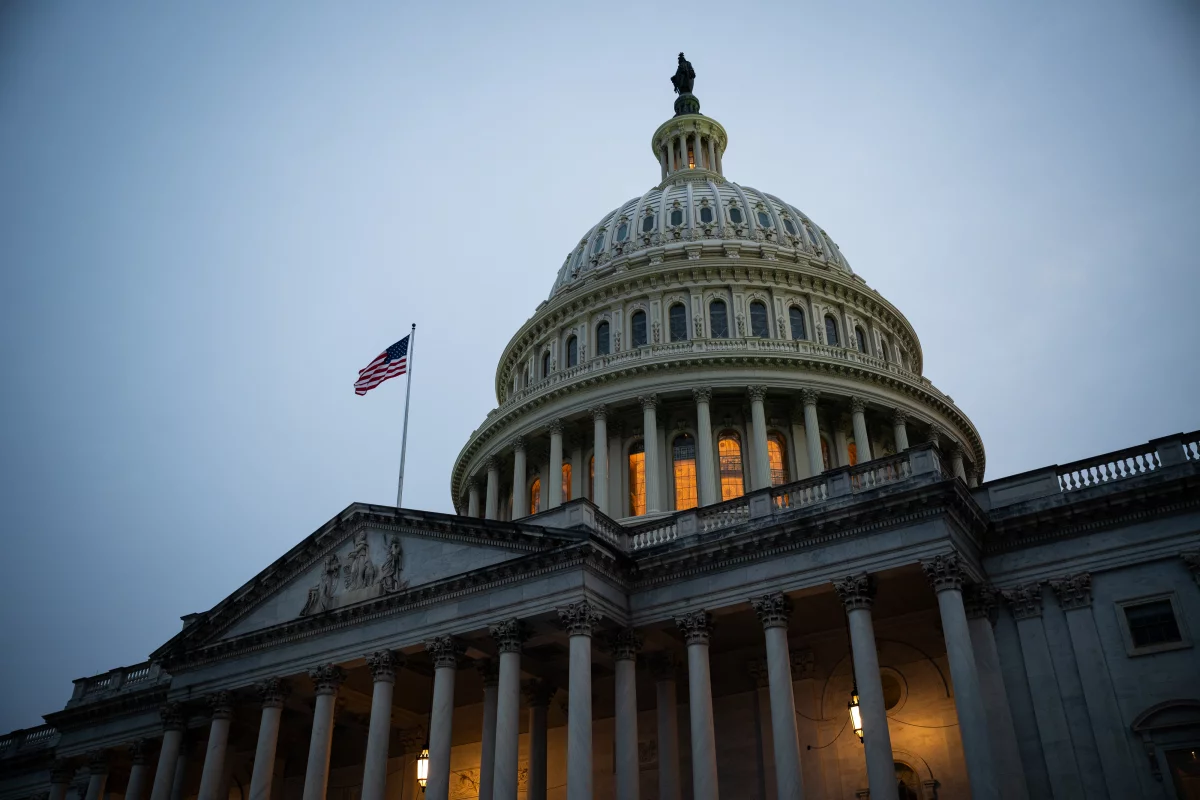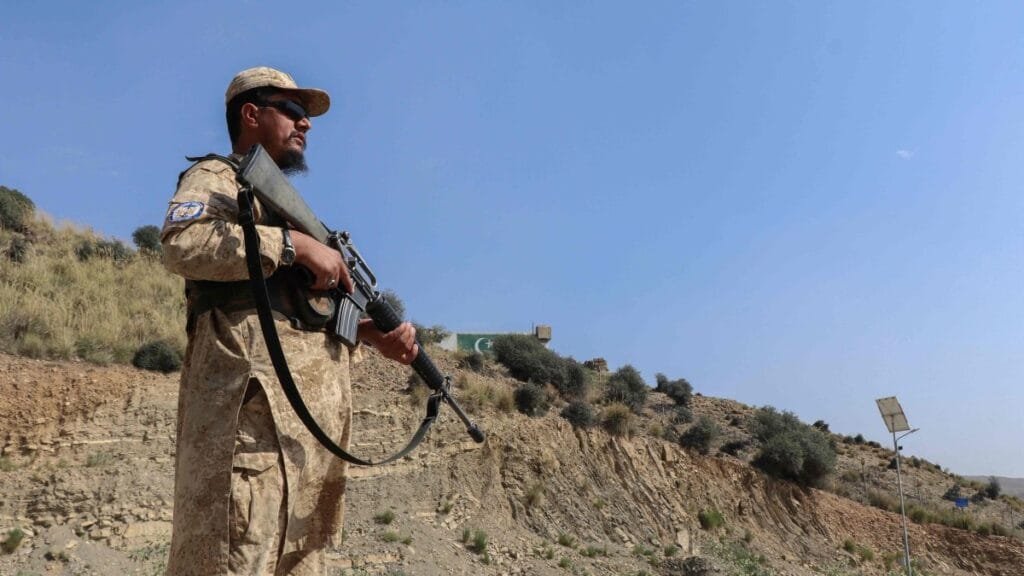The U.S. government formally entered shutdown mode early Wednesday after Congress failed to agree on a temporary spending measure before funding expired, triggering the suspension of many federal operations and frightening markets with uncertainty. In the last hours before the deadline, Republicans advanced a “clean” continuing resolution that would have sustained current spending levels through Nov. 21, but Senate Democrats blocked it, demanding the extension of health care subsidies and a rollback of proposed cuts to Medicaid and other social programs. A Democratic alternative plan also failed to pass the Senate, leaving no legislative path to avert the shutdown.
With funding lapsed at 12:01 a.m., agencies have been ordered to halt nonessential activities, and many federal employees are being furloughed or asked to work without pay. Essential services—such as military operations, law enforcement, Social Security disbursements, and mail delivery—will continue, but functions like scientific research, regulatory enforcement, and administrative programs may grind to a halt or face severe curtailment. Health agencies, in particular, stand to suffer: the Department of Health and Human Services expects to furlough around 41 percent of its workforce, with the CDC and NIH among those facing deep cuts to staffing.
President Donald Trump and his administration have signalled they may use the shutdown as leverage, hinting at permanent job cuts rather than traditional furloughs and pushing for sweeping structural reforms in federal spending. Republicans are blaming Democrats for refusing to back their stopgap funding bill, while Democrats insist the GOP is unwilling to negotiate on critical health policy issues for millions of Americans.
Economists warn the shutdown could cost roughly $400 million per day and throw a wrench into consumer confidence, financial markets, and local economies dependent on federal workers’ paychecks. Some federal agencies are already initiating contingency plans. The duration of the impasse remains unclear; past shutdowns have ranged from days to weeks, but given the deep ideological divide and looming 2026 midterm elections, there is concern this could be one of the more protracted standoffs in recent memory.





